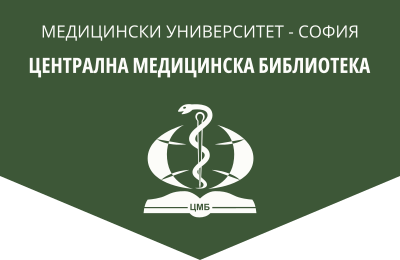Demographic profile of parents of children with autism spectrum disorder and cerebral palsy
Medical Review (Med. pregled), 2025, 61(1), 37-43.
R. Braykova¹, A. Toneva¹, D. Zhelezova¹, R. Petkova¹, Y. Petkova¹, R. Chamova¹, N.Yoncheva², S. Cvetanova²
¹ Department of Hygiene and Epidemiology, Faculty of Public Health, Medical University – Varna
² Karin Dom Foundation – Varna
Abstract. Background: Autism spectrum disorders (ASD) are among the most rapidly spreading pathologies worldwide, and cerebral palsy (CP) is one of the most common causes of motor disorders in premature children. Objective: To analyze the demographic profile of parents of children with ASD and CP in North-Eastern Bulgaria and the study the presence of a relationship with the development of these diseases. Materials and Methods: A descriptive cross-sectional study of 54 children with neurological problems and their parents was conducted in North-Eastern Bulgaria, and the characteristics of their demographic profiles were investigated. Results were analyzed with the Jamovi 2.2.5 statistical package, and statistical significance was recorded at p ≤ 0.05. Results: Male children predominate in the study – 84.8% (n = 28) has ASD, and 52.4% (n = 11) has CP. A statistical relationship was established between gender and ASD (χ² = 6.47; p = 0.009). About 90% of the cases are of Bulgarian origin. University education prevails among the mothers of children with CP (71.4%). About 90% of fathers and more than half of mothers are permanently employed. The parents of a significant part of the children (90.9% of parents of children with ASD; 81% of parents of children with CP) live in marriage or cohabitation. No significant differences were found between respondents with the two clinical diagnoses regarding the analyzed demographic characteristics. Conclusion: In the context of growing disorders of neurological development worldwide, ASD and CP in children are of great importance for public health in Bulgaria. The cases proceed in families with different social statuses and high educational levels of the mother. The financial burden for the majority of families is a reason for the responsible institutions to take measures to optimize the participation of the community in supporting parents in raising children with ASD and CP.
Key words: children, CP, ASD, sociodemographic characteristics, family environment
Address for correspondence: Rozalina Braykova, MD, e-mail: rozalina.braykova@mu-varna.bg
